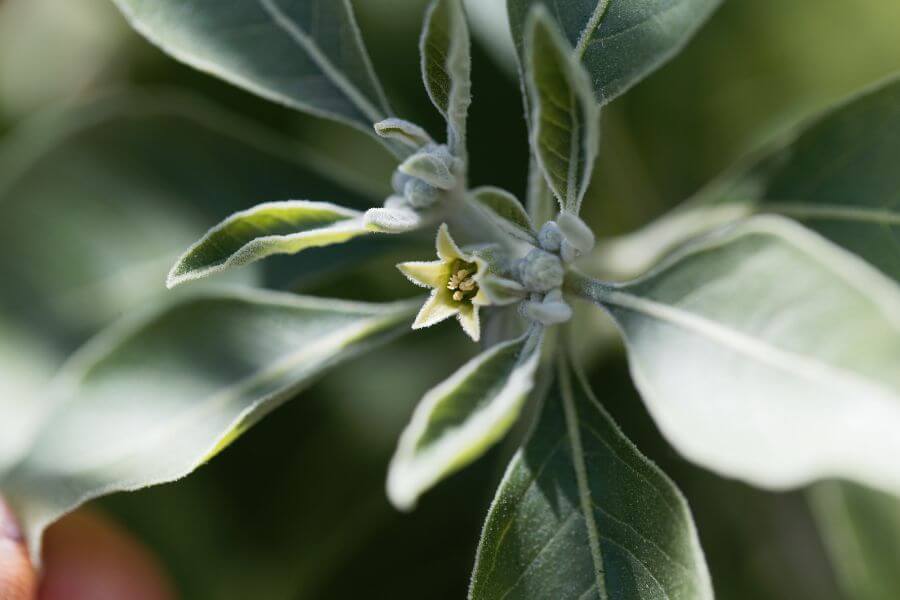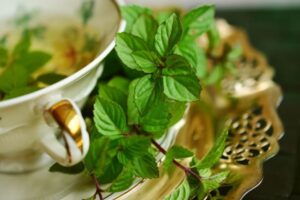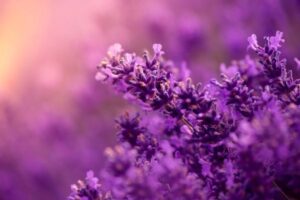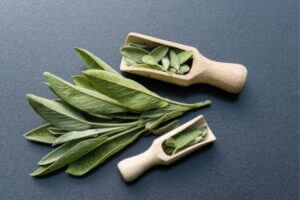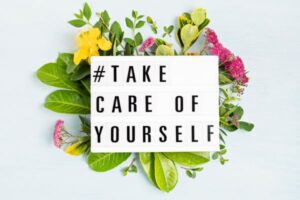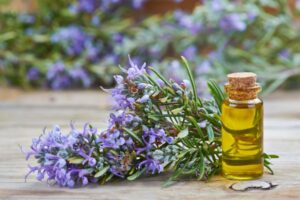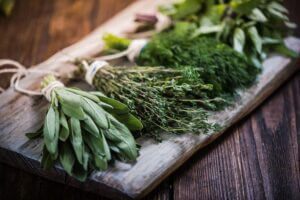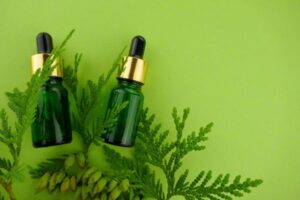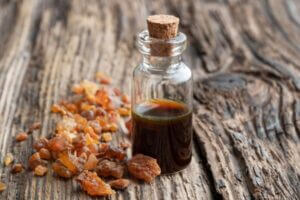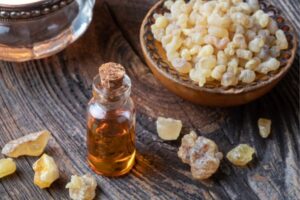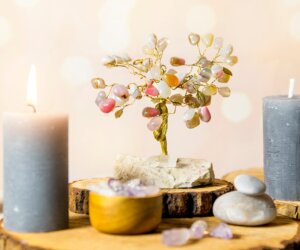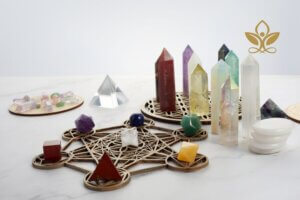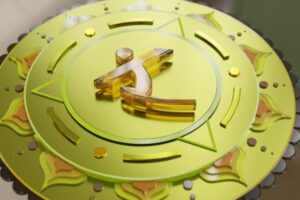The botanical name of this herb, somnifera is sleep-inducing and this herb actually helps many people sleep better. Furthermore, ashwagandha lowers stress and increases memory for many. In the ancient medicinal scriptures of India, especially the Ayurveda, there are many different references to ashwagandha this herb. Now it is increasingly popular in Western countries where individuals are seeking natural remedies to maintain a spirit, mind, and body balance.
Withania somnifera or ashwagandha is also known as poison gooseberry, Indian ginseng, and winter cherry. It belongs to the nightshade or Solanaceae family and is an evergreen shrub, as well.
The word ‘Ashwagandha’ is essentially a Sanskrit word that means ‘the smell of the horse’. While it sounds a bit weird and repulsive, it’s actually the roots of this shrub that smell somewhat like a horse. Another reason behind this name is due to the fact that it has the ability to restore virility and strength in individuals who consume this herb.
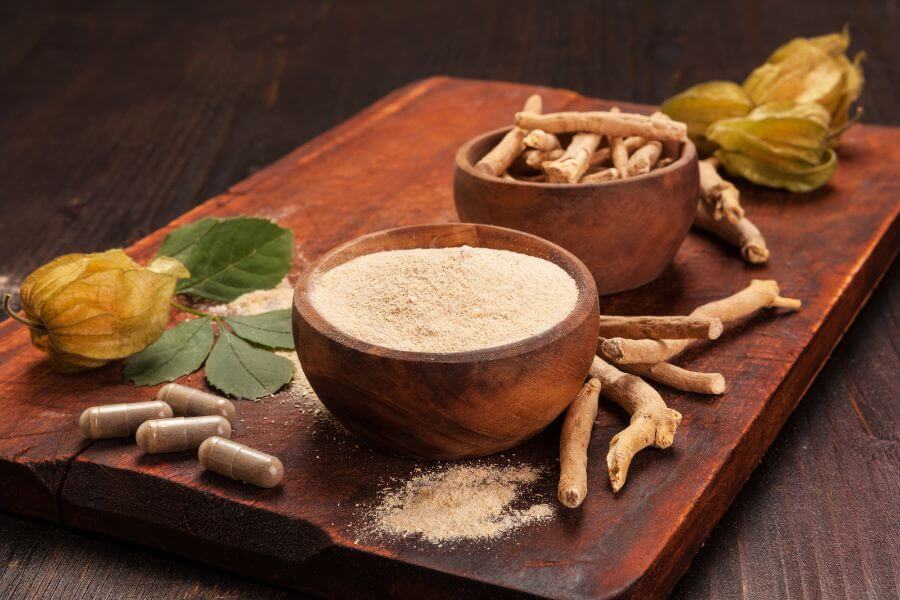
The Remarkable History of Ashwagandha
In India, many revere this herb and it is a key ingredient for countless Ayurvedic remedies dating back to 6000 BC. According to Ayurveda, this herb is a Rasayana that means it can be used to restore health, rejuvenate the body, and promote overall physical well-being and longevity.
As a purifying agent, ashwagandha improves memory and hormonal function in the human body. Additionally, it acts as an anti-parasitic, an aphrodisiac, a tonic, and a diuretic. Ashwagandha also works as an adaptogen that helps in fighting the symptoms of stress while aiding deep sleep.
It can also be applied to insect bites and stings by using it topically. It also maintains and improves the health of joints. Grinding the root of ashwagandha into a fine powder and consuming it with honey, water, or clarified butter has amazing effects on the human body. Nice technique!
Ashwagandha Lowers Stress Oxidation
As mentioned above, the primary use of ashwagandha is as an adaptogen. In other words, this herb puts the mind into a relaxed state and the active ingredients present help the body to fight against stress and its severe impact on cells, tissues, organs, and systems. It boosts and strengthens emotional and physical resilience. Moreover, this is a good supplemental way to help with anxiety and stress.
We know that Ashwagandha lowers stress, but where’s the proof? While it is true that there is a lot of anecdotal proof of the amazing qualities of ashwagandha, we must also refer you to the following scientific study that shows the effects and benefits of the ashwagandha plant.
Stress is a state of mental or emotional strain or tension, which can lead to underperformance and adverse clinical conditions. Adaptogens are herbs that help in combating stress. Ayurvedic classical texts, animal studies and clinical studies describe Ashwagandha as a safe and effective adaptogen…
…The findings of this study suggest that a high-concentration full-spectrum Ashwagandha root extract safely and effectively improves an individual’s resistance towards stress and thereby improves self-assessed quality of life.
A Prospective, Randomized Double-Blind, Placebo-Controlled Study of Safety and Efficacy of a High-Concentration Full-Spectrum Extract of Ashwagandha Root in Reducing Stress and Anxiety in Adults
Also, it is known to:
- Reduce cortisol levels and anxiety
- Reduce depression
- Lower down fatigue level
- Reduce and eliminate oxidation
- Enhance stamina
- Reduce any kind of pain related to inflammation
- Improve recall and memory
- Fight against stress-induced gastric disorders such as ulcers
- Improve good cholesterol levels while lowering down blood pressure
- Checks the cell grown in various cancers and tumors
- Fight against neurodegenerative issues such as Parkinson’s and Alzheimer’s
- Lower blood sugar
- Improve the level of testosterone and increase male fertility
- Improve muscle mass
Ashwagandha as a Supplement
Below is the ashwagandha supplement I currently take and find it to be of good quality with superior performance. I am able to sleep through the night for the first time since the pandemic started by taking two of these just before I got to bed. I also take one in the morning along with my Peppermint Tea.
Interestingly, the Active Form of Ashwagandha – Toniiq Ashwagandha root is wild-harvested from the lush foothills of Central India. It is produced using a state-of-the-art extraction process to ensure the utmost purity, quality, and potency. It is then combined with black pepper extract to even further increase its bioavailability.

Ashwagandha lowers stress for thousands of people, so why not give it a try? It might be a step in the right direction towards lowering your anxiety and depression. Moreover, it supports a healthy nervous system and supports the immune system. That sounds like huge benefits to me.
The Geographical Growth Locations
The shrub of ashwagandha is native to the dry zone of the Indian subcontinent including India, Sri Lanka, and Pakistan, along with the Mediterranean region, North Africa, and many parts of the Middle East.
Owing to its ever-increasing popularity and demand, now this shrub has found its way to the gardens and wilds of the temperate areas of America. Additionally, several areas of Yemen, Nepal, and China are also growing this shrub due to its medicinal properties.
How to Identify the Ashwagandha Shrub
Ashwagandha grows as an evergreen, perennial, and woody shrub with a height of approximately 3.3-4.9 feet. The shrub is usually 1.65-3 feet wide. The plant can be described as compact and pungent-smelling. The most noticeable feature of the ashwagandha plant is the short and very fine silver-gray hair that covers the whole plant. Below you will find a list of identifiers that are inherent in the ashwagandha plant.

- The stalks or stem of the shrub are brownish-green and the flower area is leafless. The leaves are velvety and oval in shape and smell similar to green, unripe tomatoes.
- The top side of the leaves is dark green and smooth whereas the underside is lighter in shade and hairy. The usual length of leaves is about 2- 3 inches with a width of about 1.5 inches.
- The flowers of ashwagandha are pale green and small. But, although they are in a bell shape, on blossoming they open up to reveal a five-petaled star shape. Moreover, every cluster has around seven flowers on the leaf node rather than at the end of the stalk or stem.
- The root of the shrub is very similar to that of ginger and carrots. In fact, they are fleshy and thick and can easily reach up to a length of approximately 12 inches. Plus, every root has smaller, multiple lateral roots.
- The fruits of ashwagandha are in berry form and are red in color. A calyx which becomes brown once the berry ripens surrounds each berry-shaped fruit. The seeds of the shrub are brown, small, and have the shape of a kidney.
How to Use the Ashwagandha Plant
The leaves of this plant are very bitter, so they are seldom used. Similarly, berries don’t have any medicinal properties. When we are talking about ashwagandha as a medicine, it is the root that has the entire focus. In fact, the root of ashwagandha has all the active ingredients which make it a therapeutic herb.
If you want to include ashwagandha in your daily routine, there are certain ways of doing so. The powder of ashwagandha is available in loose powder form which you can mix with water, clarified butter, honey, lattés, nut butter, and even fudge. In addition, you can also buy it as a liquid in tinctures.
One of the best ways to include this herb in your wellness routine is to use ashwagandha tea. It is usually available in both loose form and in bags. The form that you choose entirely depends on what is your motive to use the herb. Though the powder is one of the most versatile and popular forms, talk to your physician if you’re not sure.

Continue to do your own good research into any supplement, herb, or anything you put into your body. Also, always be willing to consult with your medical professional when you are in doubt. Similar to ashwagandha, there are many such medicinal herbs and shrubs so please return often for new updates and posts.
Conclusion
It is our wish that you find this post enlightening and helpful. If you have any questions or suggestions, we love to hear from you in the comments below. Also, kindly accept our invitation to join our group on Facebook to surround yourself with kindred spirits and post your encouraging messages.

